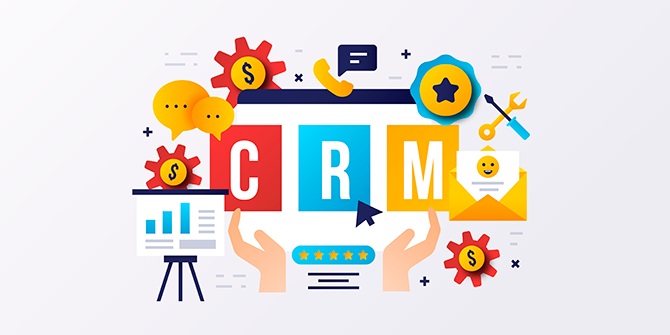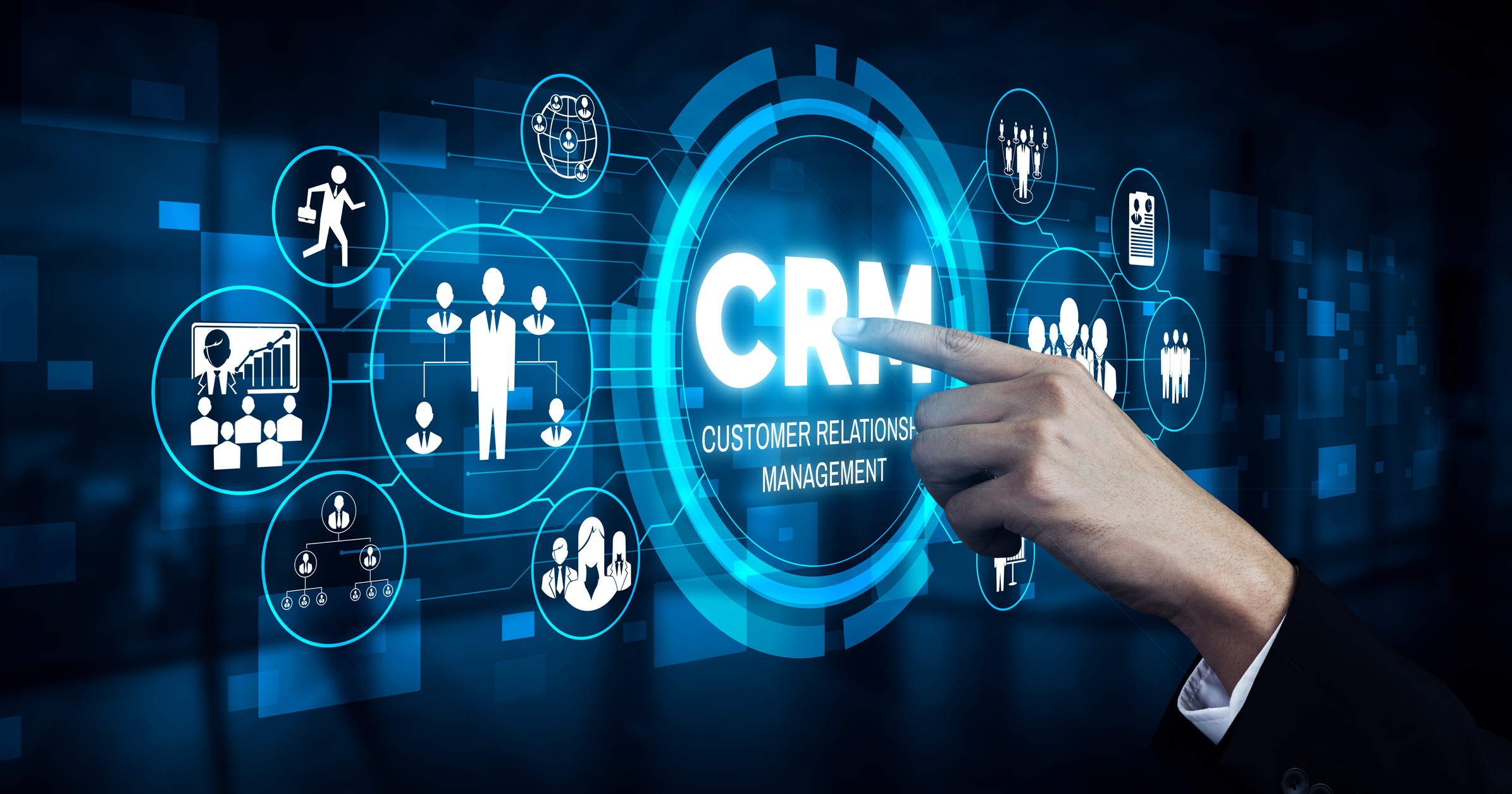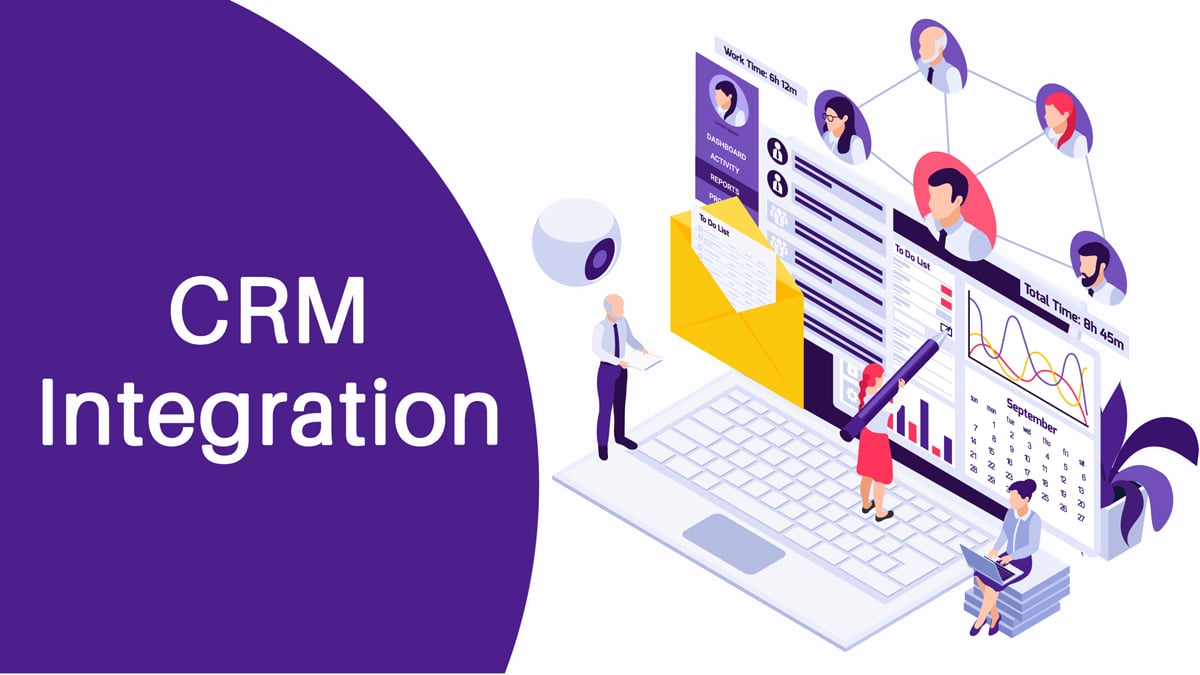
CRM Marketing Optimization: The Ultimate Guide to Boosting Customer Engagement and ROI
In today’s hyper-competitive business landscape, merely having a Customer Relationship Management (CRM) system isn’t enough. To truly thrive, you need to master CRM marketing optimization. This isn’t just about using your CRM; it’s about leveraging its full potential to connect with your customers, understand their needs, and drive tangible results. This comprehensive guide will walk you through the essential strategies, tactics, and best practices for optimizing your CRM marketing efforts, ensuring you’re not just surviving, but flourishing in the digital age.
What is CRM Marketing Optimization?
At its core, CRM marketing optimization is the process of refining and enhancing your CRM system and associated marketing strategies to maximize customer engagement, improve conversion rates, and boost your return on investment (ROI). It involves a deep dive into your customer data, understanding their behaviors, preferences, and needs, and then tailoring your marketing efforts to provide personalized, relevant experiences. Think of it as fine-tuning a finely crafted instrument to produce the most harmonious and impactful music.
This goes beyond simply sending out mass emails. It’s about creating a 360-degree view of your customers, using data to segment them effectively, and delivering targeted messaging through the right channels at the right time. It’s about making every interaction count, turning prospects into loyal customers and loyal customers into brand advocates.
Why is CRM Marketing Optimization Important?
In a world saturated with marketing messages, standing out from the crowd is a constant challenge. CRM marketing optimization provides the tools and strategies you need to:
- Enhance Customer Experience: Personalized experiences lead to happier customers. Optimized CRM allows you to deliver relevant content and offers, fostering stronger relationships.
- Increase Customer Lifetime Value (CLTV): By understanding your customers better, you can tailor your efforts to encourage repeat purchases and long-term loyalty.
- Improve Conversion Rates: Targeted campaigns are far more effective than generic ones. CRM optimization helps you nurture leads and guide them through the sales funnel more efficiently.
- Boost ROI: By focusing your marketing efforts on the most promising leads and customers, you can maximize your return on investment and make every marketing dollar count.
- Gain a Competitive Advantage: Businesses that understand their customers and deliver exceptional experiences are more likely to win their loyalty in a crowded marketplace.
Key Components of CRM Marketing Optimization
Optimizing your CRM marketing efforts involves several key components working in harmony. Let’s delve into each of these essential areas.
1. Data Management and Segmentation
Data is the lifeblood of any successful CRM strategy. Effective data management is the foundation upon which all other optimization efforts are built. This involves:
- Data Collection: Gathering comprehensive customer data from various sources, including website interactions, purchase history, social media activity, and customer service interactions.
- Data Cleaning: Ensuring your data is accurate, up-to-date, and free of errors. This includes removing duplicates, correcting inconsistencies, and standardizing formats.
- Data Enrichment: Adding valuable information to your customer profiles, such as demographic data, psychographic insights, and purchase preferences.
- Segmentation: Grouping your customers into distinct segments based on shared characteristics, behaviors, and needs. This allows you to tailor your marketing messages to specific audiences.
The more you know about your customers, the better you can serve them. Data segmentation could include segmenting by demographics (age, gender, location), behavior (purchase history, website activity), or even psychographics (interests, values). This granular approach enables highly personalized marketing campaigns.
2. Marketing Automation
Marketing automation is the engine that drives efficient and personalized customer interactions. It involves using software to automate repetitive marketing tasks, freeing up your team to focus on more strategic initiatives. Key aspects of marketing automation include:
- Email Marketing Automation: Setting up automated email sequences based on customer behavior, such as welcome emails for new subscribers, abandoned cart reminders, and post-purchase follow-ups.
- Lead Nurturing: Creating automated workflows to guide leads through the sales funnel, providing valuable content and offers at each stage.
- Personalization: Customizing marketing messages and offers based on customer data and preferences.
- Triggered Campaigns: Automating campaigns based on specific customer actions, such as clicking a link, visiting a specific page, or reaching a certain point in the customer journey.
Marketing automation isn’t just about sending out emails; it’s about creating dynamic and responsive customer journeys. By automating these processes, you can ensure that your customers receive the right message, at the right time, through the right channel.
3. Content Personalization
In the age of information overload, generic content simply doesn’t cut it. Content personalization is the art of tailoring your content to resonate with individual customers or specific customer segments. This can involve:
- Dynamic Content: Displaying different content elements based on customer data, such as their name, location, or purchase history.
- Personalized Recommendations: Suggesting products or services based on a customer’s past purchases, browsing history, or expressed interests.
- Behavioral Targeting: Delivering content that is relevant to a customer’s current stage in the buying cycle.
- A/B Testing: Experimenting with different content variations to determine what resonates best with your audience.
Personalized content shows your customers that you understand their needs and value their business. It builds trust and fosters stronger relationships, leading to increased engagement and conversions.
4. Channel Optimization
Customers interact with your brand across a variety of channels, including email, social media, website, and mobile apps. Channel optimization involves identifying the channels that are most effective for reaching your target audience and tailoring your marketing efforts to each channel. This may include:
- Email Marketing: Sending targeted email campaigns, newsletters, and promotional offers.
- Social Media Marketing: Engaging with customers on social media platforms, sharing relevant content, and running targeted ad campaigns.
- Website Personalization: Customizing the website experience based on customer data and preferences.
- Mobile Marketing: Utilizing mobile apps, SMS messaging, and push notifications to reach customers on their mobile devices.
The key is to meet your customers where they are. Understanding which channels your audience frequents and tailoring your messaging accordingly will significantly amplify your reach and impact.
5. Reporting and Analytics
Data is your compass, and analytics are your map. Reporting and analytics are crucial for measuring the effectiveness of your CRM marketing efforts and identifying areas for improvement. This involves:
- Tracking Key Metrics: Monitoring essential metrics such as conversion rates, customer lifetime value, customer acquisition cost, and ROI.
- Analyzing Data: Identifying trends, patterns, and insights in your customer data.
- Generating Reports: Creating regular reports to track progress, identify areas for improvement, and share insights with stakeholders.
- Making Data-Driven Decisions: Using data to inform your marketing strategies and optimize your campaigns.
Without consistent monitoring and analysis, you’re essentially flying blind. Regularly reviewing your data and making adjustments based on your findings will ensure that your CRM marketing efforts are consistently delivering the desired results.
Best Practices for CRM Marketing Optimization
Implementing the right strategies is only half the battle. Here are some essential best practices to guide your CRM marketing optimization journey:
1. Choose the Right CRM System
Selecting the right CRM system is the first, and arguably, one of the most important steps. Consider your business needs, budget, and technical capabilities when choosing a CRM platform. Look for a system that offers robust data management capabilities, marketing automation features, and integration with other tools you use. Some popular CRM systems include:
- Salesforce: A comprehensive platform with a wide range of features and integrations.
- HubSpot: A user-friendly CRM with powerful marketing automation tools.
- Zoho CRM: A cost-effective option with a strong focus on sales and marketing automation.
- Microsoft Dynamics 365: An enterprise-level CRM with a suite of integrated business applications.
The best CRM system for you will depend on your specific needs. Research the available options and choose the platform that best aligns with your business goals.
2. Focus on Data Quality
As we’ve emphasized, data is the lifeblood of your CRM strategy. Prioritize data quality by implementing data cleansing processes, ensuring data accuracy, and regularly updating your customer profiles. Establish clear data governance policies and train your team on data entry best practices. Inaccurate or incomplete data will lead to ineffective marketing campaigns and a poor customer experience.
3. Segment Your Audience Effectively
Don’t treat all customers the same. Segment your audience based on demographics, behaviors, and preferences. Create targeted campaigns that resonate with each segment, delivering personalized messages and offers. The more granular your segmentation, the more effective your campaigns will be.
4. Personalize Your Messaging
Use customer data to personalize your marketing messages and offers. Address customers by name, recommend relevant products or services, and tailor your content to their specific interests and needs. Personalization builds trust and fosters stronger relationships.
5. Automate Repetitive Tasks
Leverage marketing automation to streamline your workflows and free up your team’s time. Automate email sequences, lead nurturing campaigns, and other repetitive tasks. This will improve efficiency and allow your team to focus on more strategic initiatives.
6. Test and Optimize Continuously
Marketing is an ongoing process of experimentation and optimization. Regularly test different marketing messages, offers, and channels to determine what resonates best with your audience. Use A/B testing to compare different variations and identify the most effective strategies. Continuously analyze your data and make adjustments to your campaigns based on your findings.
7. Integrate Your CRM with Other Tools
Integrate your CRM system with other tools you use, such as your email marketing platform, social media management tools, and e-commerce platform. This will allow you to gather more comprehensive customer data and create a more seamless customer experience.
8. Train Your Team
Ensure your team is properly trained on how to use your CRM system and implement your marketing strategies. Provide ongoing training and support to keep them up-to-date on the latest best practices. A well-trained team will be more effective at leveraging your CRM system and driving results.
9. Prioritize Customer Experience
Always put the customer first. Focus on delivering exceptional customer experiences at every touchpoint. Provide personalized service, respond to customer inquiries promptly, and resolve any issues quickly and efficiently. A positive customer experience is essential for building loyalty and driving long-term success.
10. Stay Up-to-Date with Industry Trends
The marketing landscape is constantly evolving. Stay up-to-date with the latest industry trends and best practices. Attend industry events, read industry publications, and participate in online communities to stay informed. Continuously learning and adapting will ensure that your CRM marketing efforts remain effective.
Measuring the Success of Your CRM Marketing Optimization Efforts
Simply implementing these strategies isn’t enough; you need to measure their impact. Key metrics to track include:
- Conversion Rates: The percentage of leads that convert into customers.
- Customer Lifetime Value (CLTV): The predicted revenue a customer will generate over their relationship with your business.
- Customer Acquisition Cost (CAC): The cost of acquiring a new customer.
- Return on Investment (ROI): The profit generated from your marketing campaigns compared to the cost of those campaigns.
- Customer Satisfaction (CSAT) and Net Promoter Score (NPS): Measure customer satisfaction and loyalty.
- Website Traffic and Engagement: Track website visits, bounce rates, time on site, and other engagement metrics.
- Email Open and Click-Through Rates: Measure the effectiveness of your email campaigns.
Regularly analyze these metrics to assess the effectiveness of your campaigns and identify areas for improvement. Adjust your strategies based on your findings and continue to optimize your efforts over time.
Common Challenges in CRM Marketing Optimization
While CRM marketing optimization offers significant benefits, businesses often face challenges. Anticipating these challenges and planning accordingly can help you overcome them:
- Poor Data Quality: Inaccurate or incomplete data can undermine your marketing efforts. Implement data cleansing processes and establish data governance policies.
- Lack of Integration: Failing to integrate your CRM with other tools can limit your access to valuable customer data. Ensure your CRM integrates seamlessly with other platforms.
- Resistance to Change: Implementing new strategies and processes can be met with resistance from your team. Provide training and support to help them adapt.
- Limited Resources: Optimizing your CRM marketing efforts can require time, budget, and expertise. Prioritize your efforts and allocate resources strategically.
- Difficulty Measuring ROI: Accurately measuring the ROI of your marketing campaigns can be challenging. Track key metrics and use analytics to gain insights.
- Choosing the Wrong CRM: Selecting a CRM that doesn’t meet your business needs can hinder your efforts. Research the available options and choose the right platform.
By being aware of these challenges, you can proactively address them and improve your chances of success.
The Future of CRM Marketing Optimization
The landscape of CRM marketing is constantly evolving. Several trends are shaping the future:
- Artificial Intelligence (AI) and Machine Learning (ML): AI and ML are being used to automate tasks, personalize content, and predict customer behavior.
- Hyper-Personalization: Marketers are moving beyond basic personalization to create highly customized experiences for individual customers.
- Omnichannel Marketing: Businesses are focusing on creating seamless customer experiences across multiple channels.
- Focus on Customer Experience: Customer experience is becoming the key differentiator for businesses.
- Data Privacy and Security: Businesses are prioritizing data privacy and security to comply with regulations and build customer trust.
Staying ahead of these trends will be crucial for businesses that want to thrive in the future. Embrace innovation and continuously adapt your strategies to meet the evolving needs of your customers.
Conclusion: Embrace the Power of CRM Marketing Optimization
CRM marketing optimization is no longer a luxury; it’s a necessity for businesses seeking sustainable growth and a competitive edge. By implementing the strategies, best practices, and insights outlined in this guide, you can transform your CRM system into a powerful engine for customer engagement, lead generation, and revenue growth.
Remember, success in CRM marketing optimization is an ongoing journey, not a destination. Continuously analyze your data, refine your strategies, and adapt to the ever-changing needs of your customers. By embracing the power of CRM marketing optimization, you can build stronger customer relationships, drive more revenue, and achieve lasting success.
So, take the first step today. Assess your current CRM marketing efforts, identify areas for improvement, and start implementing the strategies outlined in this guide. Your customers, and your bottom line, will thank you.

